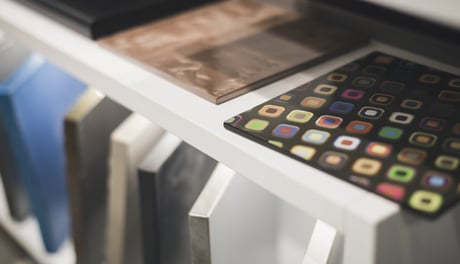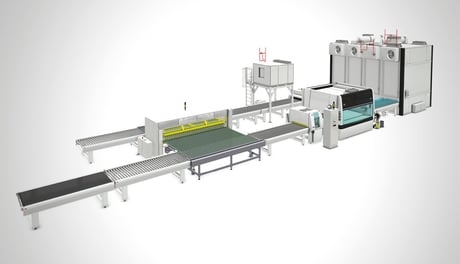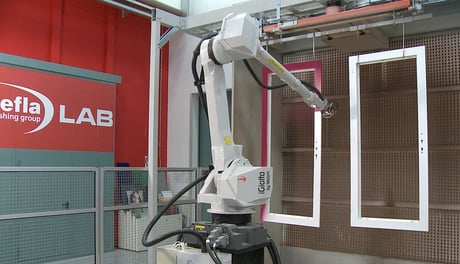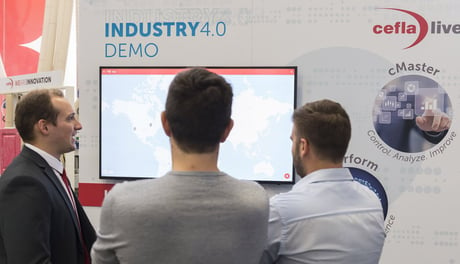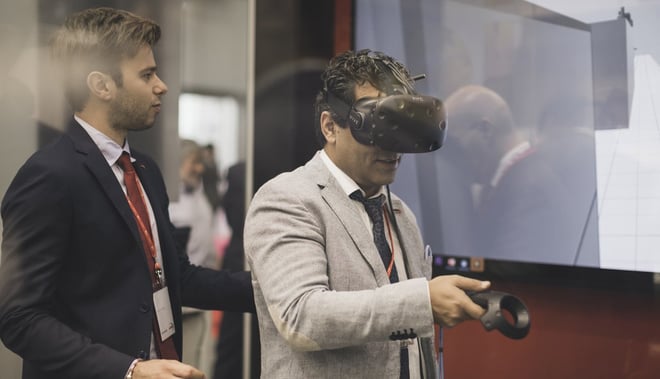
Good question. And the answer usually points to not enough time, not everyone got trained and we had to do it while the machine was being installed, which meant it was not complete or was not fully functional.
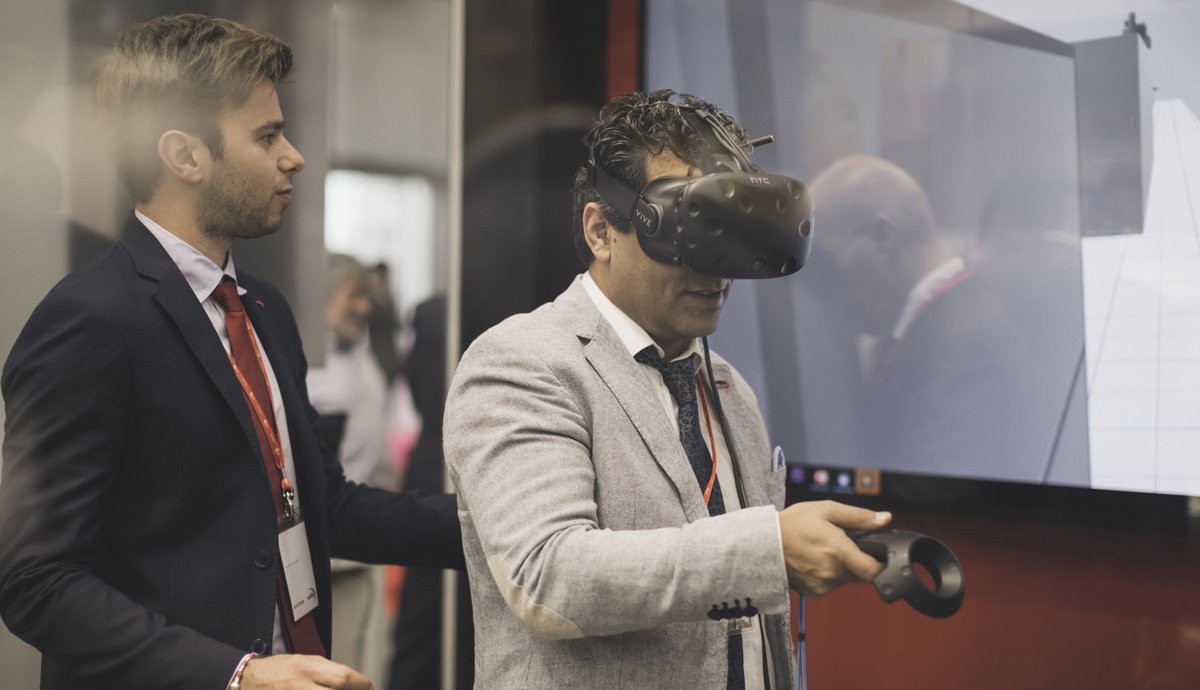
Good question. And the answer usually points to not enough time, not everyone got trained and we had to do it while the machine was being installed, which meant it was not complete or was not fully functional. How satisfactory is this? Not enough. So paying for a technician to come out and train staff after installation is one way of improving training. Alternatively you could exploit your fully-trained operators to pass on their skills to less competent staff, but will they pass on all the information required? And how will you know what aspects are covered correctly? Neither of these options are ideal and the second option may lead to unnecessary downtime if training has not dealt with all aspects.
Why not exploit the advantages of Virtual Reality to train staff whenever you need to?
This is an even better question and the answer is: why not? Our cCloner simulation software combined with a VR visor allows you to undergo preliminary training in Cefla long before the equipment is installed, acquiring the primary skills to operate confidently. Together with machine-side training sessions, which remain a fundamental requirement, this means your staff will be ready to operate the machine correctly the day it is installed. A third step of training can be accomplished once the line is functioning, again using the opportunities provided by Virtual Reality. The benefit is that operators can train as required without interrupting production.
